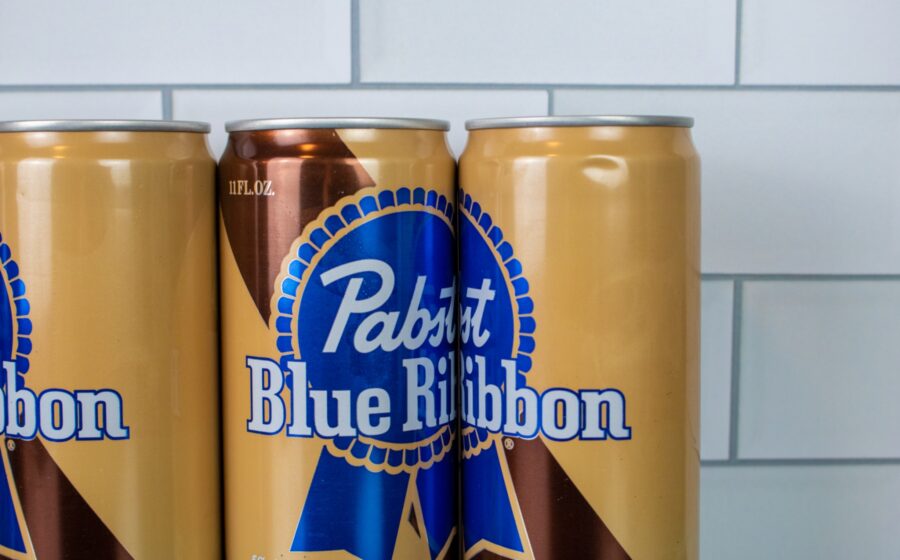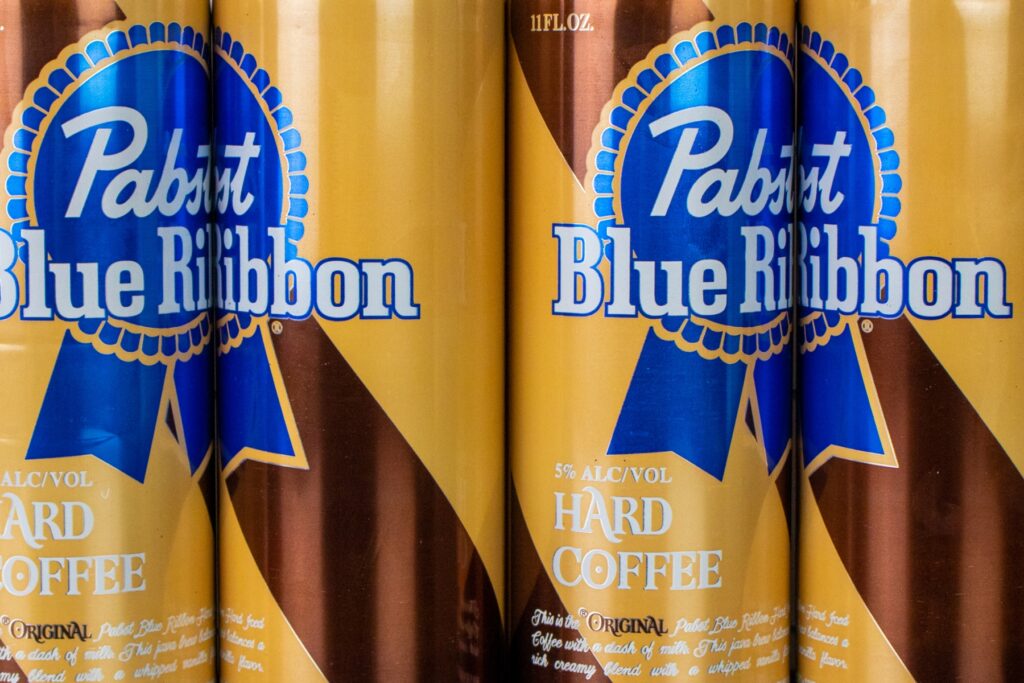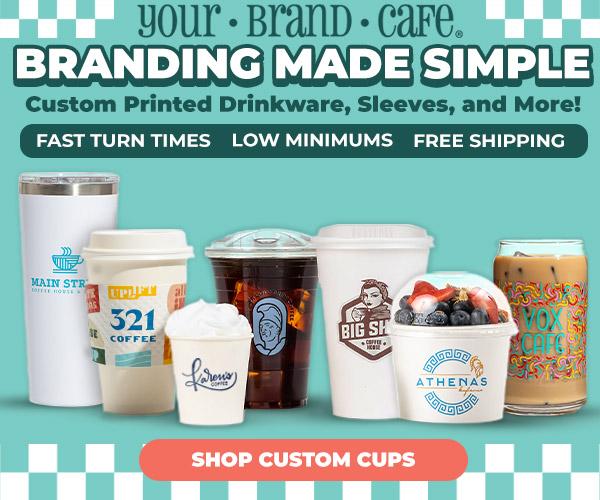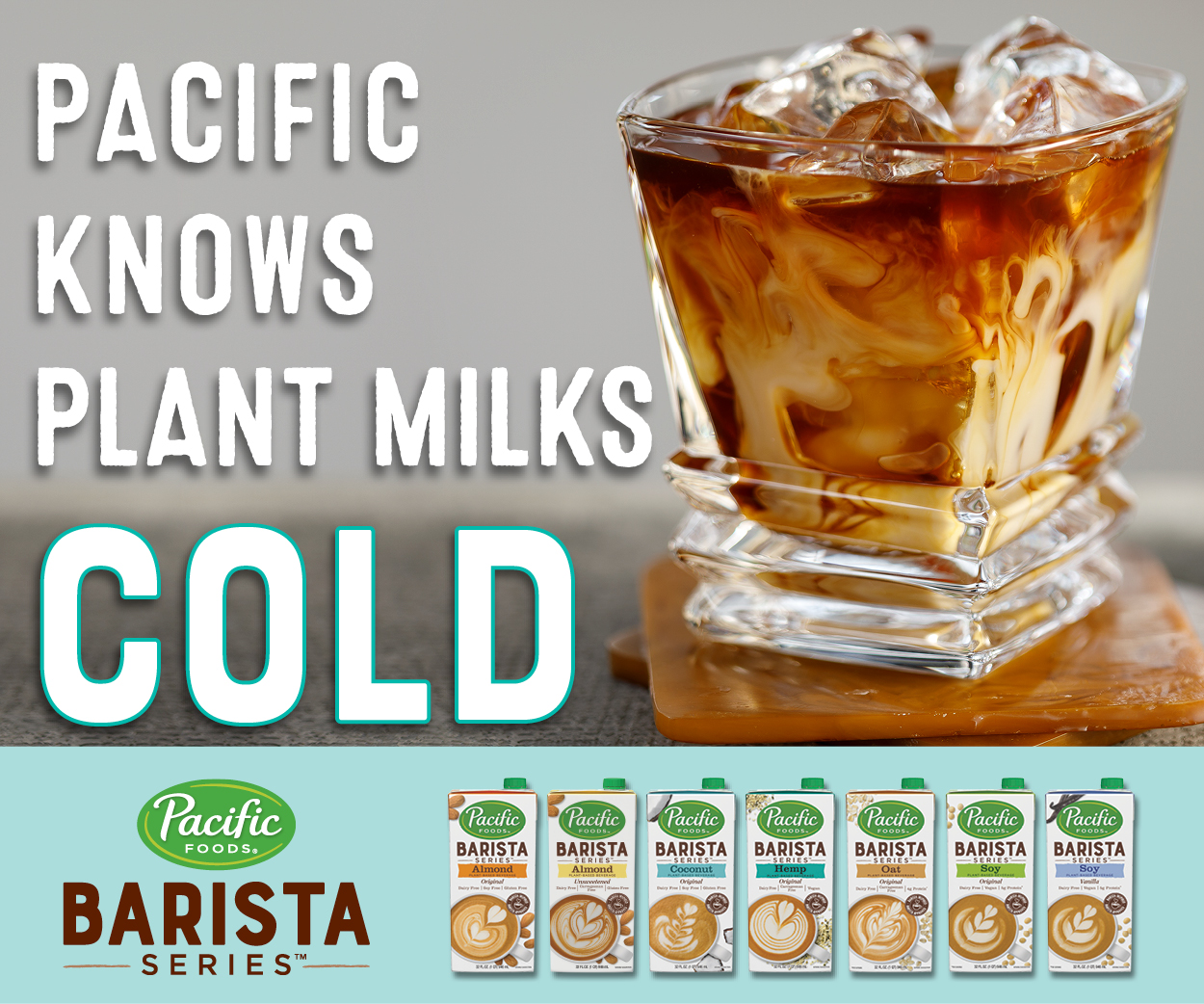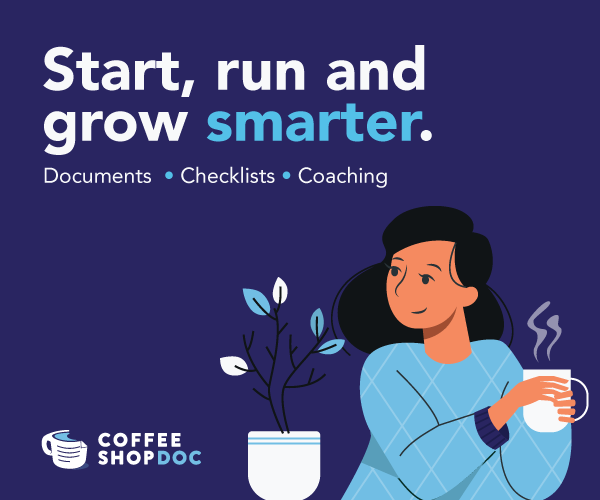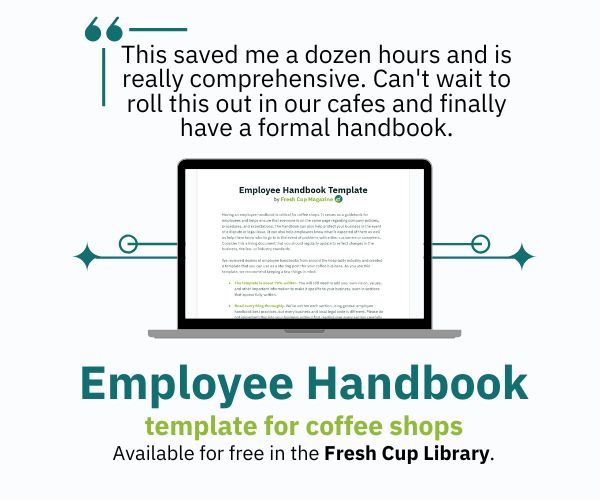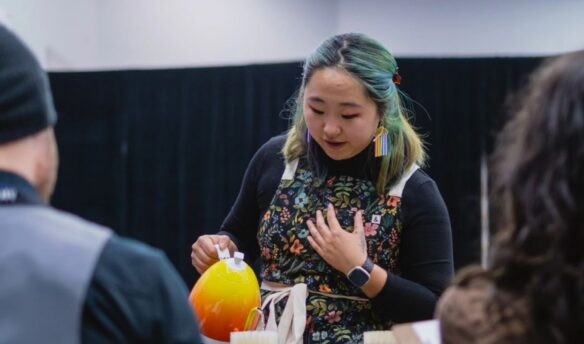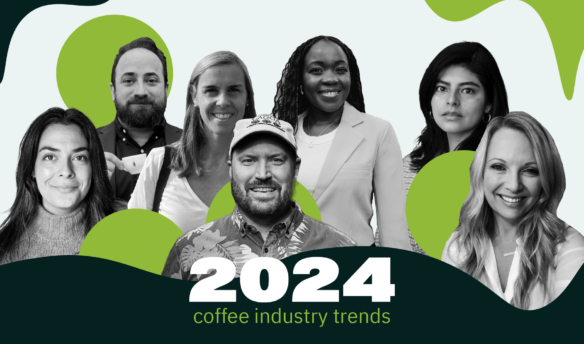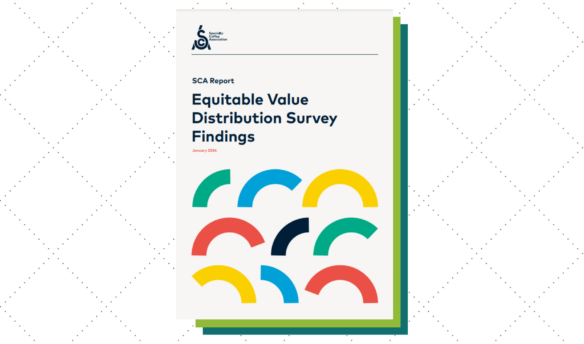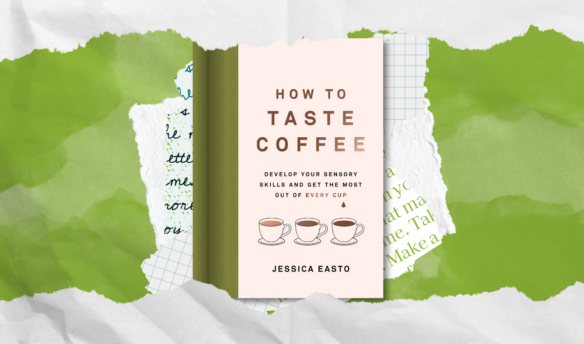Cast your mind back to the summer of 2019, or as it came to be known “the summer of White Claw.” Sales of ready-to-drink (RTD) hard seltzers were booming thanks to their price and convenience, and White Claw was by far the most popular—its clean, Instagram-ready branding, low calorie content, and mild fruit flavors made it a smash hit with younger drinkers. “Ain’t no laws when you’re drinking Claws,” as the viral Youtube video put it. At one point in 2019 it accounted for more than half of all hard seltzer sales, and there were even shortages across the US.
At the same time, RTD coffee beverages like canned cold brew and draught lattes were also becoming increasingly popular. With the scandal of Four Loko—when dozens of young people ended up in hospital after drinking the alcohol-and-caffeine-loaded drink—far in the past, it seemed as though the United States was finally ready to give caffeine and alcohol another go.
Enter Pabst Blue Ribbon’s Hard Coffee, a coffee-infused malt beverage with five percent alcohol by volume, which soft-launched in July 2019. Although the caffeinated libation debuted in just a handful of states, it still managed to make quite the splash. The launch was breathlessly covered in publications as varied as Food & Wine, the New York Post, People Magazine, and Forbes.
Coffee-infused alcohol has a long and storied history, from espresso martinis and coffee stouts to the Dude’s White Russians in the Big Lebowski. But RTD hard coffee—broadly defined as a malt-based alcoholic beverage mixed with coffee, sugar, and potentially milk—gave us more: it promised us convenience, no mixing or cocktail knowledge needed, and approachability.
PBR’s hard coffee wasn’t the first canned hard coffee beverage to hit the market (that honor belongs to Bad Larry’s Cold Hard Coffee which launched in 2017) but it seemed to be the catalyst that kicked off the hard coffee trend—and its eventual demise would foretell an uncertain future for all hard coffee drinks.
Love Coffee? Love Alcohol? Of Course You Do!
It’s difficult to convey just how big a deal hard coffee was at the end of 2019 and going into 2020. According to data from the research firm Nielsen CGA, in the 52-week period that ended in July 2020, hard coffee sales in the US constituted $18.9 million. That represents a rise of 11,000% compared with the previous year—eleven thousand percent.
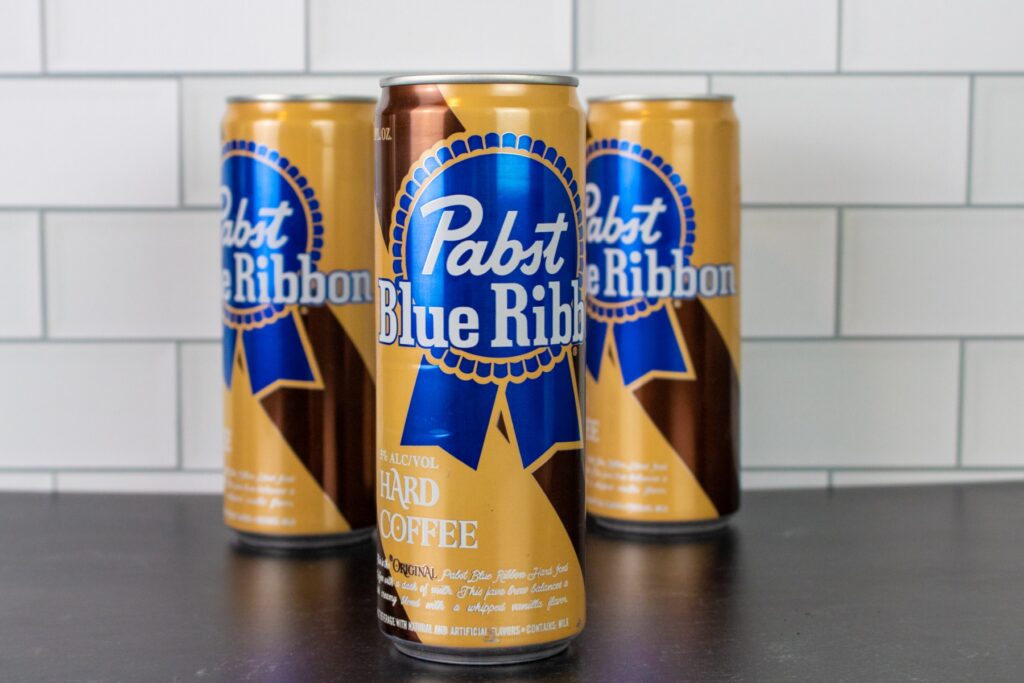
Big, established brands like Kahlúa, Jameson, Jägermeister, and Guinness launched their own hard coffee product around this time, while new brands such as Rebel Hard Coffee and Bomani came onto the scene. Even specialty-focused companies like La Colombe got involved, announcing their intention to launch a hard coffee drink in collaboration with Molson Coors.
Americans were infatuated (eleven thousand percent!), but according to Dave Infante, VinePair columnist and publisher of the beverage-alcohol industry newsletter Fingers, this was more due to novelty than anything else. “American drinkers are in a phase right now where they’re willing to drink anything once,” Infante says, “and I think hard coffee was a seductive proposition. ‘Love coffee? Love alcohol? Of course you do. Here, try this!’”
Infante credits this openness to the success of hard seltzers, specifically White Claw, which “gave more ‘permission’ to mainstream drinkers to try non-beer flavored malt beverages than hundreds of millions of dollars worth of advertising ever could,” he says. “Once those floodgates were open, pretty much everything flowed through.”
There are other possible explanations for hard coffee’s runaway success, A throughline has been drawn between the declining popularity of carbonated soft drinks and the rise in healthier options like sparkling water and cold brewed coffee.
Similarly, alcoholic equivalents such as White Claw and hard coffee were seen as being “better for you” and less intoxicating, replacing higher-calorie beer and stronger mixed drinks in the hands of young, wellness-influenced drinkers.
Then there’s the Covid-19 pandemic, which almost overnight switched consumer shopping patterns and put more emphasis on convenience and at-home consumption. Online and RTD coffee sales spiked, and hard coffee followed suit.
After The Buzz, The Hangover
It wasn’t to last, and hard coffee’s steep ascent was short-lived. Sales of PBR’s iteration fell 40% in 2022, and the hard coffee segment as a whole is down 33%. This is hardly a death sentence—hard coffee sales reached $28 million in the 52-week period to September 17—but it does appear as though the bubble has begun to deflate.
PBR has reportedly discontinued its ailing hard coffee, and the segment remains niche—64% of Americans hadn’t tried it as of June 2022. Just last month Molson Coors announced a premature end to its ten-year RTD distribution deal with La Colombe. So what’s behind the slowdown?
“With the benefit of hindsight, it seems pretty clear that its popularity was more a function of novelty and distribution than genuine/durable consumer demand,” says Infante. Having a ready-made alcohol distribution network in place helped Pabst push hard coffee, well, hard. “It just doesn’t seem to have taken.”
Other theories for hard coffee’s decline in popularity include the relatively low alcohol content, especially when compared to other, boozier canned cocktails. Or it could just be that the fun has faded and consumers have moved on.
Infante does see a future for the hard coffee segment, albeit slightly more niche and specialty-focused than before. “I think there’s still a path forward for smaller, craft-oriented brands that stick to more of a high-end, artisanal value-proposition,” he says, “especially given the obvious American thirst for alcohol and coffee combos as evidenced by the espresso martini’s recent popularity. But as an overall segment? Hard to see how it reverses the negative momentum in the short-term.”
Canned espresso martinis seem poised to conquer RTD hard coffee, with multiple product launches this year and one article even dubbing them “the caffeinated Four Loko of adulthood.” Whether they take over completely remains to be seen—Infante sees hard coffee becoming more of a regional niche fought over by a few companies—but with PBR leaving the market and sales falling rapidly, it does appear that the attentions of young, coffee-enjoying, alcohol-wanting consumers are wandering towards the next trend.
So pour one out for hard coffee, an oddly specific drink category that flew too close to the sun.

